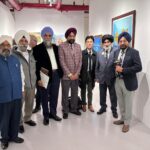One in three young adults lives with a chronic health condition, most of them invisible. On October 11, 2025, that hidden struggle will take center stage at a Virginia benefit concert featuring 15 performers and raising awareness for The Invisible Wave.
The concert, presented by Parichay Production, will feature a nostalgic set of ’90s Bollywood favorites. For organizer and vocalist Ajay Divekar, the event represents more than entertainment.
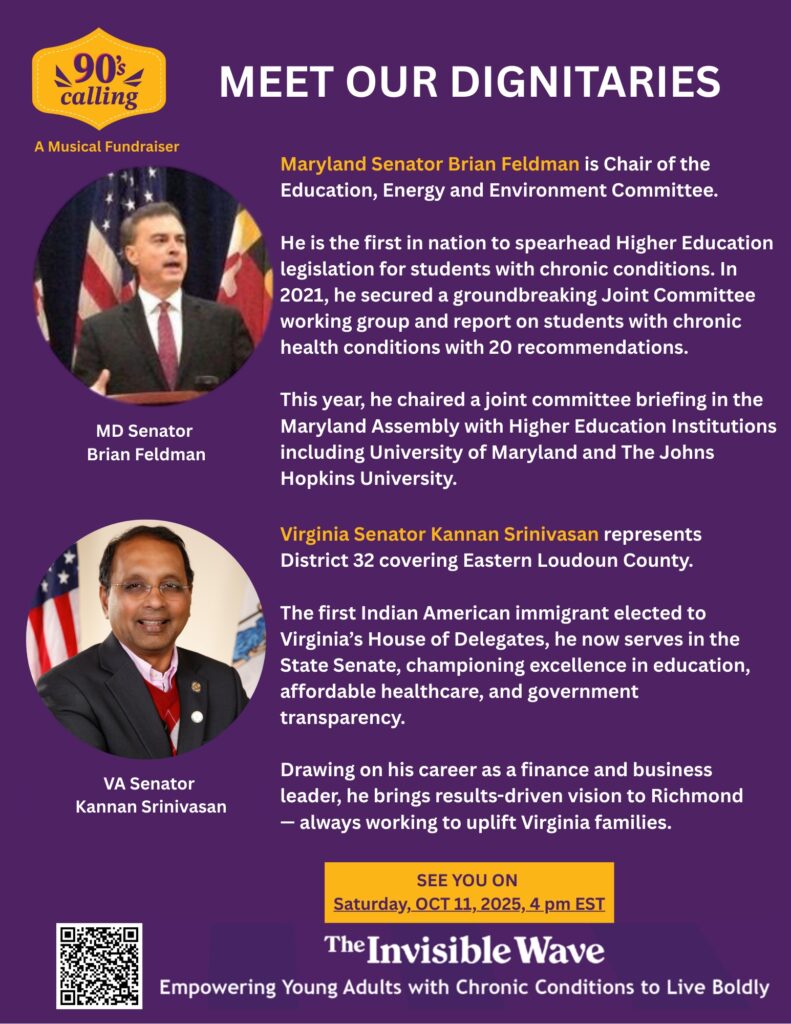
“Post-pandemic, I’ve been really concerned about young people’s mental and physical health,” Divekar explains. “The Invisible Wave is doing incredible work around chronic conditions, and we thought—why not use music to build awareness here in our own backyard?”
The Invisible Wave and its commitment to raising awareness have also drawn the attention of policymakers. Maryland Senator Brian Feldman and Virginia Senator Kannan Srinivasan are expected to attend, underscoring the concert’s broader significance.
The Movement Behind the Music
The benefit will spotlight The Invisible Wave, which amplifies the voices of young adults living with chronic health conditions that often go unseen.
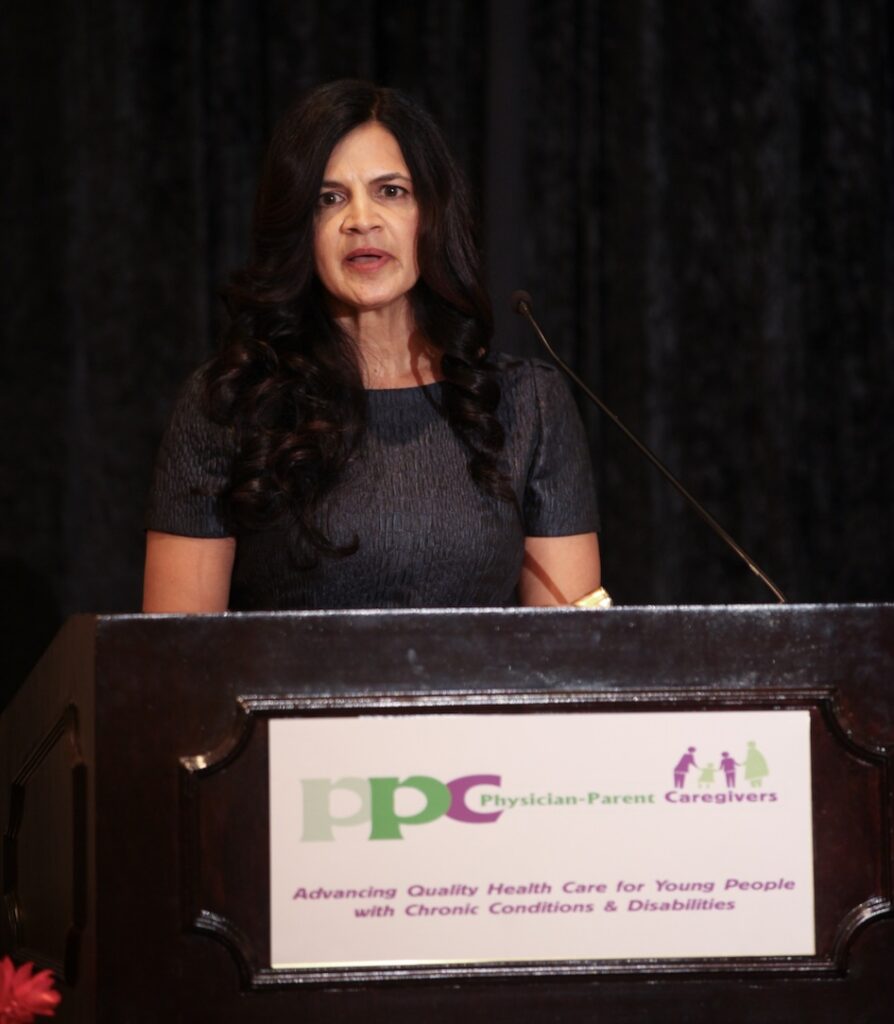
“They look fine when you see them out with friends, but you don’t see the days they’re in bed, in hospitals, or simply unable to show up,” says Dr. Santi KM Bhagat, founder, podcast host, physician, and mother of a young adult who became sick at age eight.
Every year, millions of young adults’ step into college, careers, and independence carrying conditions that don’t go away and often don’t show up on the outside. From migraines to cystic fibrosis, from autoimmune disorders to seizures, these invisible conditions affect one in three young adults—yet their challenges are rarely acknowledged in public life, healthcare, or policy.
From Policy Papers to a Movement
The Invisible Wave grew out of years of policy research in partnership with organizations such as Kaiser Permanente, the National Youth Transitions Center, and state and congressional leaders. In 2017, a survey by American University students uncovered a startling fact: one in three students had a chronic condition, and six in ten knew someone close to them who did.
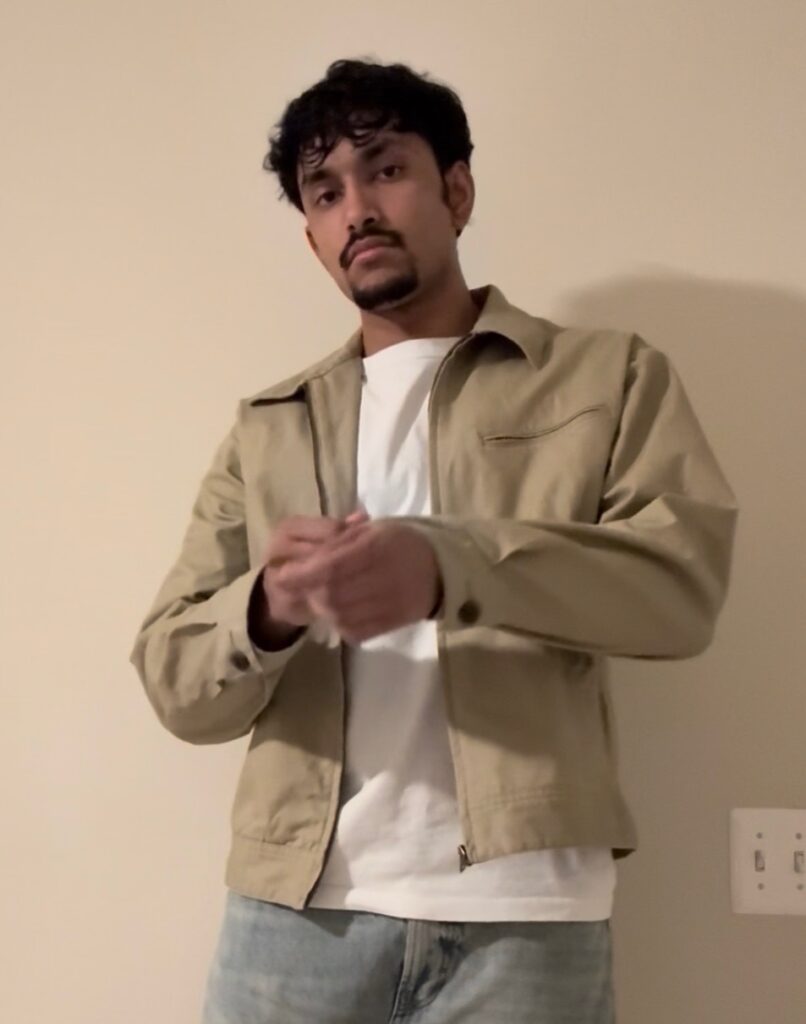
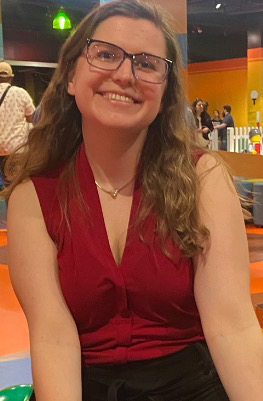
“That blew my mind,” says Dr. Bhagat. “This isn’t a niche issue. This is an entire generation.”
For years, the organization focused on shaping policy—introducing legislation in Maryland, engaging with health and education leaders, and building coalitions. But in 2020, the work took on a new face: Invisible Wave launched, powered by young adults themselves. Within months, it won an Anthem Award for Health, with virtual events drawing nearly 100 participants worldwide—even at the height of “Zoom fatigue.”
“The Invisible Wave gives me hope that the future holds great societal understanding for young adults struggling with chronic illness,” says Invisible Ambassador, Emily Gerlach.
Beyond Healthcare: Building a Life
At its heart, The Invisible Wave isn’t just about treatment plans or doctor visits. It’s about life.
“What’s the point of better health if you can’t go to school, work, hang out with your friends, or pursue your dreams?” Dr. Bhagat asks. “Our real goal is quality of life.”
The movement’s charter outlines four pillars: society, health, education, and work. It asks not just how young people manage their conditions, but how they are included in the fabric of everyday life.
“The Invisible Wave provides me with a support system that I was not even aware of. I realized that my struggles matter, and that we need to speak up, regardless of background,” shares Invisible Ambassador, Akhil Gajjala.
That perspective resonates deeply with millennials and Gen Z, two generations navigating chronic conditions differently. Millennials, Bhagat notes, often stayed silent, fearing stigma or exclusion. Gen Z, however, is more open, finding strength in community and shared experience.
“They show incredible empathy for each other,” she says. “That peer-to-peer compassion is something even parents, doctors, and policymakers can’t replicate.”
Building the Wave
Launching a movement, Dr. Bhagat notes, is like mounting a political campaign. “It takes money, expertise, and above all, young people at the front.” While Physician Parent Caregivers brings credibility and policy expertise, Invisible Wave needs storytellers, campaign strategists, event organizers, and funders to sustain its momentum.
She emphasizes that the first step is awareness. “Most people don’t even know this population exists. And if you don’t see a problem, how do you solve it?”
A Call to Action
As Invisible Wave grows in the DMV, the hope is to scale nationally—and even globally. Partnerships with event managers, donors, educators, and healthcare leaders are urgently needed.
“We’re talking about one in three young adults,” Dr. Bhagat says. “This isn’t just about policy. It’s about an entire generation’s chance to fully participate in life.”
On October 11, DMV residents have a chance to do more than read about it. They can attend the concert, listen to the stories of young adults, and support a movement making the invisible visible.
Because once you see the invisible, you can’t look away.






